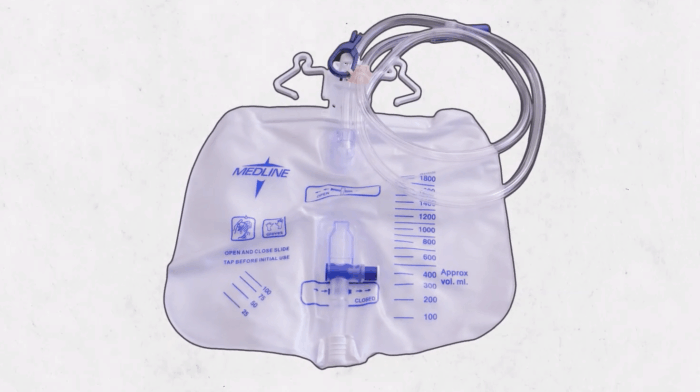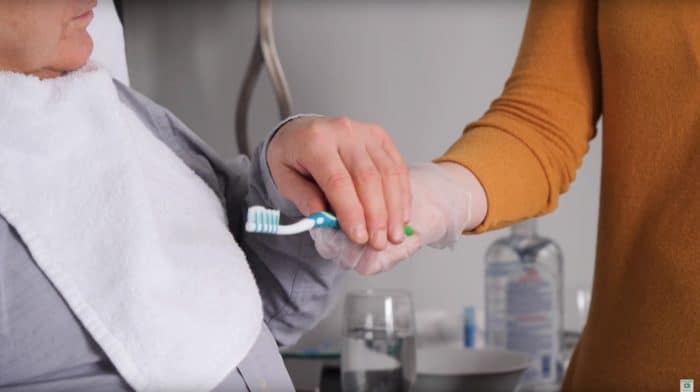How To Maintain A Catheter
The mere mention of a Catheter can make some people uncomfortable, but it’s not as difficult as it sounds. It is important to Routinely clean catheters to prevent infections. Wash your hands well before and after you handle your catheter. Clean the skin around the catheter twice a day using soap and water. Caring for someone who has a catheter can feel overwhelming because you might not feel qualified. These feelings are very common. In this video, we’ll review how to take care of a catheter so that you’ll feel a little more prepared.
The mere mention of a Catheter can make some people uncomfortable, but it’s not as bad as it sounds. Caring for someone who has a catheter can feel overwhelming because you might not feel qualified. These feelings are very common.
In this video, we’ll review how to take care of a catheter so that you’ll feel a little more prepared.
Let’s try it!
There are only 4 things to learn when taking care of a catheter!
First – you need to learn how to empty the bag, second – how to clean around the catheter tube, third – how to change a catheter bag, and fourth – how to clean the bags.
Let’s break them down to make them a little easier to manage.
1. Empty the Bag
Let’s start by learning how to empty a catheter bag, a plastic bag that attaches to the catheter tube to catch and hold urine.
To do this, you’ll need a container to empty the bag into, an alcohol swab and some gloves. It’s not a bad idea to have a waterproof pad or towel to put under the container in case of splashes!
Open the clamp at the bottom of the bag over a container, let the urine drain until the bag is empty and reseal the clamp.
Finish up by cleaning the clamp off with an alcohol swab, that’s it!
2. Cleaning The Catheter Tube:
There are two main types of catheters that stay in all the time, even at home.
“Indwelling” catheters are the type most people think about. The tube goes through the urethra so that urine can drain into a bag.
“Suprapubic” catheters also stay in all the time and have a bag, but the tube is placed in the lower stomach area with surgery
Whatever the type of catheter, the supplies that you’ll use and the process for cleaning is very similar.
You’ll need disposable gloves, soapy & clean water, washcloths and towels, gauze, and a waterproof pad.
Cleaning around the catheter is often the most uncomfortable part of the process for both of you, but doing this daily helps prevent infections and trips to the hospital.
First, empty the bag so it doesn’t pull on the tube while you work.
Start by washing their genitals.
While holding the catheter tube as close to their body as you can so it doesn’t pull, use a clean soapy cloth and gently wipe down the tubing. You can repeat this as often as needed if there is any build-up on the tubing.
When a supra-pubic catheter is first put in, it may need to be cared for by a nurse, but once the surgery site is healed, think of it like an ear-piercing. It’s actually easier to clean! You can wash around the tube with soap and water, starting at the tube and cleaning outward in a circular motion.
For both types, once they are washed, rinse well with clean water and pat dry.
Sometimes people like to have a piece of gauze placed around the supra-pubic tubing like this to make it more comfortable
3. Changing The Bag:
The person that you’re caring for may use different kinds of bags that you may need to change.
During the night, using a bigger bag can be helpful, but if they’re able to walk, during the day a smaller bag that attaches to their leg may be easier to manage.
To change the bag, you’ll need a clean drainage bag, gloves, alcohol wipes, a container to drain urine into and a waterproof pad or towel.
Let’s try it!
After emptying the bag, place a towel, cloth or waterproof pad under the connection between the catheter tubing and the bag tubing.
Have your new bag nearby then pinch the catheter tubing and carefully disconnect the catheter from the old bag. Wipe the catheter tube with an alcohol wipe and connect the new bag. Set the old bag aside to clean it after.
There are a few ways to hold the tubing in place. Belts, “Stat locks”, and anchors are some of the most popular. Whichever the person you’re caring for uses, make sure the tubing isn’t bent or kinked and that urine is flowing into the bag again after you change it
4. Cleaning The Bag:
To clean a catheter bag you’ll need gloves, soap, water, and white vinegar. A funnel will also be really helpful.
Using a funnel, fill the bag with warm, soapy water. Swish it around then let it drain.
To reduce odor and kill bacteria, rinse the bag with a mixture of vinegar and water. It’s best to use a 1 to 3 ratio so 1 cup of vinegar to 3 cups of water.
Use the vinegar solution to rinse out the inside of the bag and let it drain
Hang the bag where it can drain and dry. You should wash the bags daily, and use a new bag every week or so.
Proper cleaning is important because it helps prevent infection & visits to the hospital.
Catheters can be intimidating at first, but they don’t have to be. If you practice these 4 steps, you will find that it’s not as hard as you first thought!
For more caregiver support and resources, be sure to visit our CareChannel.






